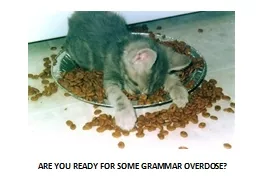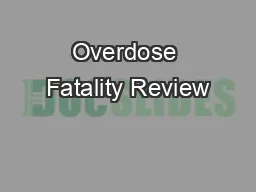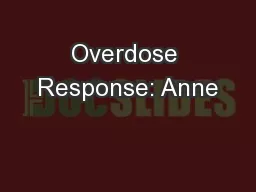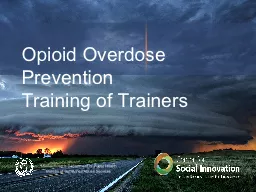PPT-ARE YOU READY FOR SOME GRAMMAR OVERDOSE?
Author : cheryl-pisano | Published Date : 2019-03-17
CHILDHOODS END CLAUSE SENTENCE CHILDHOODS END and all about them ADVERBIALS NEW ADVERBIALS general info An ADVERBIAL is a sentence element which gives extra
Presentation Embed Code
Download Presentation
Download Presentation The PPT/PDF document "ARE YOU READY FOR SOME GRAMMAR OVERDOSE?" is the property of its rightful owner. Permission is granted to download and print the materials on this website for personal, non-commercial use only, and to display it on your personal computer provided you do not modify the materials and that you retain all copyright notices contained in the materials. By downloading content from our website, you accept the terms of this agreement.
ARE YOU READY FOR SOME GRAMMAR OVERDOSE?: Transcript
Download Rules Of Document
"ARE YOU READY FOR SOME GRAMMAR OVERDOSE?"The content belongs to its owner. You may download and print it for personal use, without modification, and keep all copyright notices. By downloading, you agree to these terms.
Related Documents














